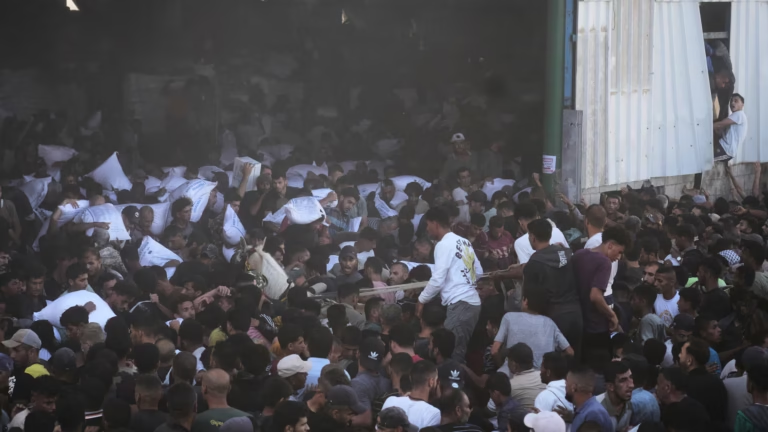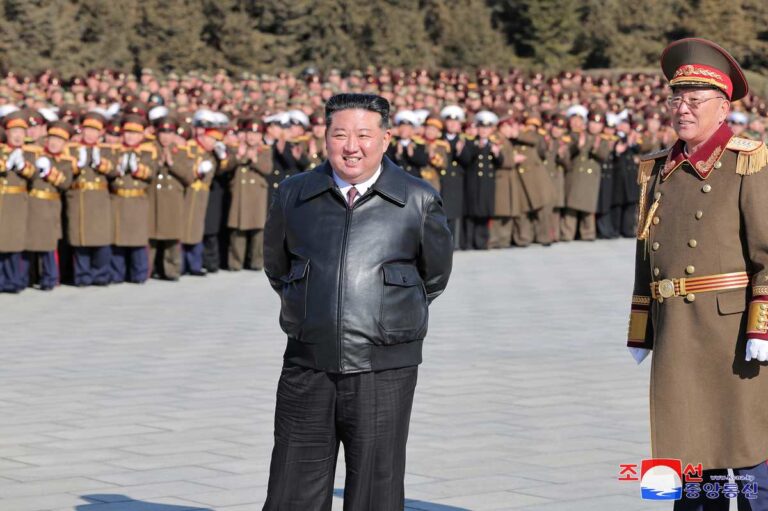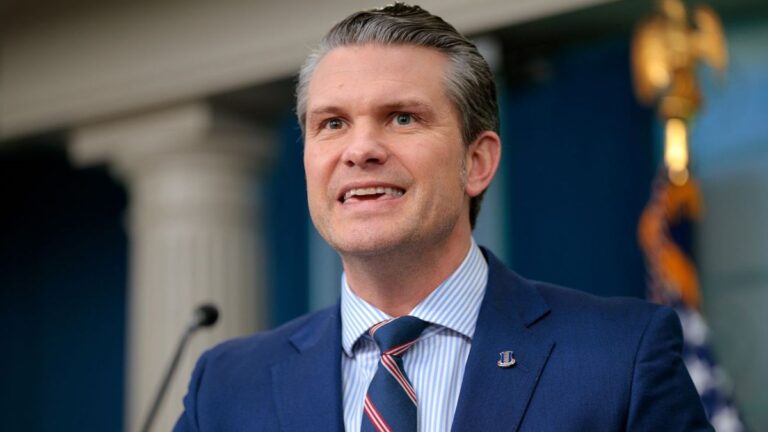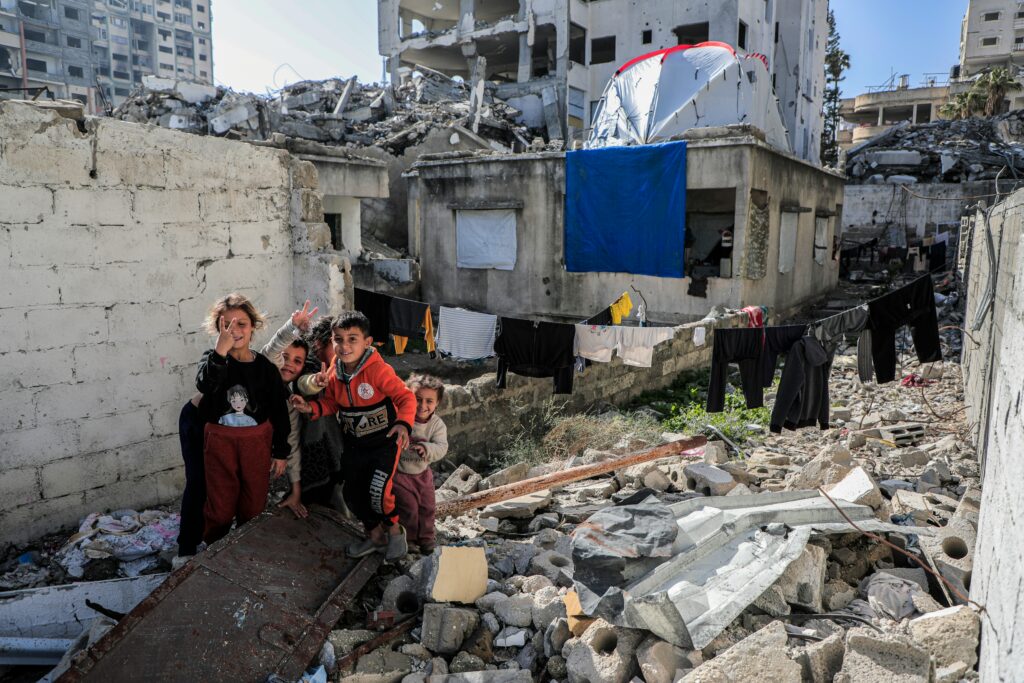
The ongoing humanitarian crisis in Gaza has prompted countless efforts from international organizations, local entities, and now, a new US-backed group dedicated to delivering aid and hope to the region. Amid the challenges of political turmoil, displacement, and resource scarcity, this initiative stands as a beacon of relief for those most in need.
This post explores the mission, operations, and impact of the new aid group, while also addressing the broader context of the crisis and its complexities.
Background of the Crisis in Gaza
For decades, Gaza has grappled with ongoing conflict, blockade-induced economic strain, and limited access to basic needs. To understand the purpose and importance of the aid group’s work, it’s crucial to grasp the historical and political context of Gaza’s humanitarian crisis.
A History of Conflict
The Israeli-Palestinian conflict has defined much of Gaza’s modern history. Following the establishment of the state of Israel in 1948, the region became the center of territorial disputes, leading to the displacement of countless Palestinians. Gaza has since endured repeated escalations of violence, tightening blockades, and political isolation, leaving its residents vulnerable.
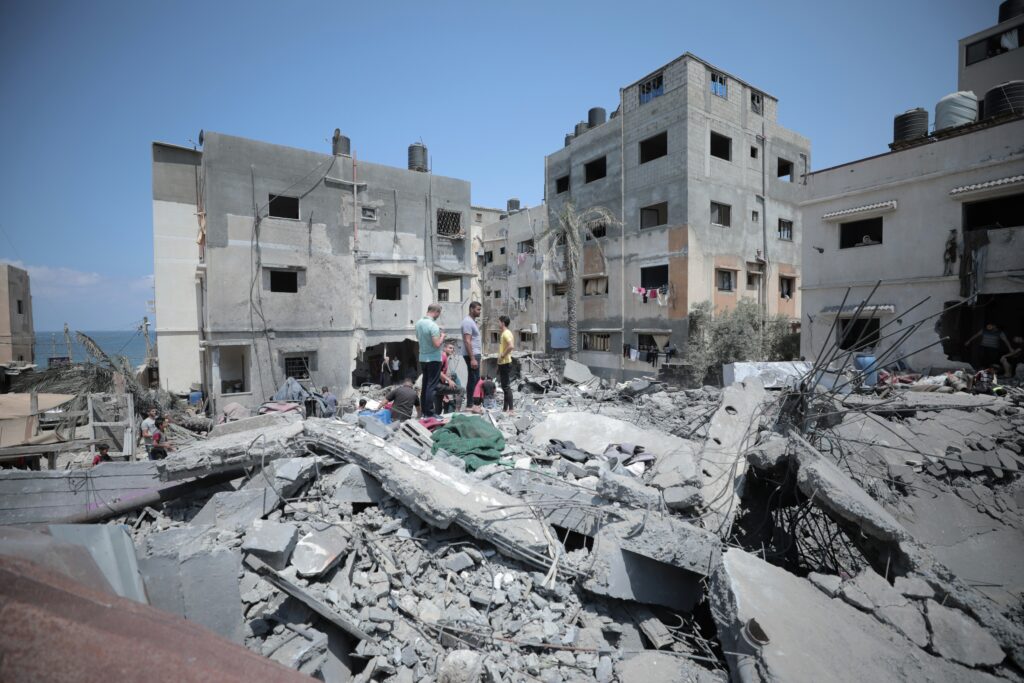
Daily Humanitarian Challenges
Today, Gaza faces dire humanitarian issues, including high unemployment rates, food scarcity, disrupted healthcare systems, and widespread displacement. Data from the United Nations indicates that over 80% of Gaza’s population relies on international aid for survival. Unprecedented levels of poverty have only deepened the region’s need for consistent and organized relief efforts.
Formation of the US-Backed Aid Group
Established with the support of the United States government, this new aid group emerged as a response to the growing crisis in Gaza. Its mission is clear—to deliver essential aid, improve living conditions for the population, and foster international collaboration to address Gaza’s needs holistically.
US Government and Stakeholder Support
The group’s formation has garnered substantial backing from key geopolitical players and humanitarian stakeholders. This coalition underscores the importance of tackling urgent humanitarian issues while maintaining a politically neutral stance to ensure efficiency and transparency in aid distribution.
Objectives of the Aid Group
The group focuses on providing immediate relief through food, medical supplies, and temporary shelter. Additionally, its long-term goal is to empower local communities through skills training and infrastructure support, fostering solutions that extend beyond crisis response.
Aid Distribution Efforts in Gaza
The initial stages of aid distribution have taken on a structured, phased approach to ensure that resources reach those who need them most.
Targeted Regions and Aid Types
Key areas heavily impacted by displacement and infrastructure damage have been prioritized. The aid includes essential food supplies, clean water, hygiene kits, and medical resources to safeguard public health. Emergency shelters and temporary housing solutions have also been a primary focus to assist displaced families.
Personal Stories of Impact
Stories from affected residents highlight the real-life impact of these efforts. For instance, a young father in a heavily bombed neighborhood expressed relief after his family received food packages and medical kits. These stories provide tangible evidence of the aid reaching and helping those in dire circumstances.
Challenges and Obstacles in Delivering Aid
Delivering aid in Gaza is no simple task. The group has encountered multiple challenges that hinder operations despite its best efforts to streamline distribution.
Security Concerns
Conflict zones come with inherent risks. Ongoing hostilities and unpredictable escalations pose significant challenges for aid workers and the logistics of safe resource transportation.
Logistical Hurdles
Gaza’s restricted borders and limited infrastructure complicate transportation and distribution planning. Supplies often face delays, and access is tightly controlled.
Political Controversies
Criticism and skepticism often accompany international aid efforts. Questions about neutrality, long-term commitments, and potential political motivations have sparked debates about the operations of this US-backed group.
Measuring the Impact and Effectiveness
From the outset, the group’s efforts have made notable progress in addressing immediate needs within Gaza.
Initial Aid Statistics
Reports indicate that during the group’s first two months, food packages were distributed to over 10,000 families, while medical supplies reached approximately 50 healthcare facilities. Such figures stress the importance of coordination and resource pooling in humanitarian crises.
Addressing Immediate Needs vs Long-Term Sustainability
Although the initial aid focuses on short-term relief, the organization’s long-term impact will depend on its ability to implement sustainable practices. Addressing root causes of inequality and poverty will be paramount to creating permanent solutions.
Plans for the Future and Sustainability
The group aims to establish newer, scalable solutions to handle both the ongoing crisis and recovery efforts.
Building Local Capacity
By supporting local organizations and empowering community leaders, the aid group hopes to create self-sustaining models of relief anchored in local knowledge and resources.
Commitment to Long-Term Support
Plans to expand education programs, develop infrastructure, and provide vocational training demonstrate the group’s dedication to enhancing resiliency in Gaza.
People Also Ask Section
What is the purpose of the US-backed aid group in Gaza?
The aid group aims to provide immediate humanitarian relief, including food, medical supplies, and shelter, while laying the foundation for long-term development and sustainable solutions.
How does the aid group fund its operations?
The group operates through a mix of US government funding, international grants, and private contributions from partner organizations and individuals.
What challenges does the aid group face in Gaza?
The challenges include security risks, logistics issues due to restricted borders, and maintaining neutrality in a politically sensitive region.
Supporting Efforts for Gaza
The aid group’s presence in Gaza symbolizes a crucial step toward alleviating the suffering of countless individuals affected by conflict and poverty. While the challenges remain immense, the group’s dedication to delivering immediate aid and long-term support creates much-needed hope for a region in crisis.
For those looking to contribute, consider supporting reputable humanitarian organizations working to bring relief to Gaza. Every effort counts

